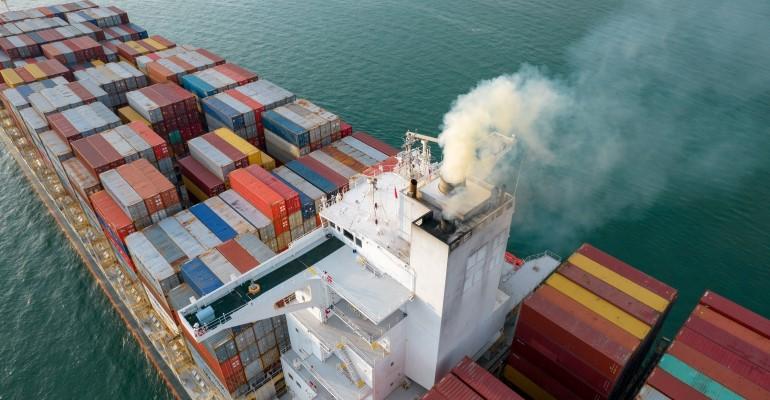The report "Key Issues in LCA Methodology for Marine Fuels" looks at the complexities of conducting lifecycle analyses (LCA) for alternative fuels—studies into the greenhouse gas (GHG) emissions across the production, supply chains and use of fuels.
Instead of tank-to-wake (TTW) emissions—those that are generated from the use of a fuel onboard a vessel—LCAs take into account well-to-wake (WTW) emissions, adding in a multitude of possible indirect emissions.
Taking soy oil-derived biodiesel as an example, the study considers the indirect emissions associated with extra land being transformed to grow soybean, known as Indirect Land-Use Changed (ILUC). Depending on the model used to estimate ILUC impact for soy-derived biofuels, emissions range between 29.1 g of CO₂ equivalent per megajoule of energy produced and 150 g CO₂e/MJ, a fivefold difference.
One model estimates that a greater share of demand will be met through intensification of existing soybean production, with less cropland expansion; another estimates higher forest and wetland conversion, particularly from palm oil substitution for soy oil in vegetable oil markets, said the report.
Upstream emissions also vary significantly based on the methodology applied to production systems with multiple outputs. Soy crushing creates soy oil, large amounts of soymeal—used as animal feed—and glycerine. Where there are multiple outputs, the question arises as to how emissions from the crushing process are attributed between the products.
Three common approaches exist: assigning emissions based either on the mass of the outputs, their energy content or their market value.
“Soy oil biodiesel direct emissions with mass-based allocation results in 14.8 gCO₂e/MJ; the energy-based allocation increases the emissions to 29.4 gCO₂e/MJ, and the market-value-based allocation results in an estimate of 37.7 gCO₂e/MJ for direct emissions—more than twice that of the mass-based approach,” said the report.
The emissions involved in the crushing process also highlight the significance of the uncertainty around ILUC, which at its highest level is four times greater than the emissions involved in crushing.
For biodiesel created from used cooking oil, indirect impacts range from the extra animal feed needed to replace oil that would otherwise have supplemented animal diets—displacement—to the potential for fraudulently passing off virgin cooking oil as used cooking oil to gain policy incentives.
For hydrogen, the use of fossil fuel-derived electricity in electrolysis brings a ten-fold increase in emissions, underlining the need for renewable electricity to be used in producing sustainable fuels.
The full report also explores the emissions breakdown of methanol and the application of different analytical models and fuel policies. The report Key Issues in LCA Methodology for Marine Fuels is available on the ICCT website.
The IMO is currently working on its own LCAs for marine fuels under its short-term GHG measures.
Copyright © 2024. All rights reserved. Seatrade, a trading name of Informa Markets (UK) Limited.
Add Seatrade Maritime News to your Google News feed.  |

